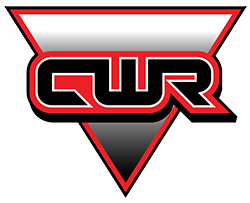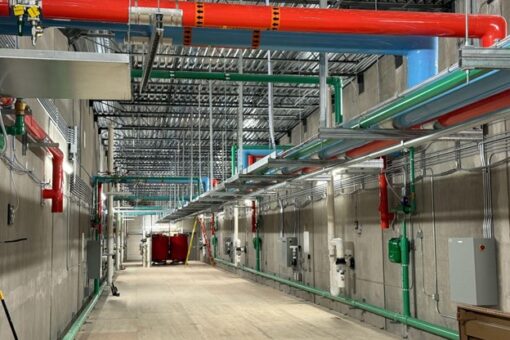Ammonia vs. Freon – Which Is Better for Industrial Refrigeration?
One of the most important decisions in industrial refrigeration is choosing the right refrigerant to use. Two of the most commonly used refrigerants are ammonia (NH₃) and Freon (a trademark for a group of hydrofluorocarbons, or HFCs). While both have their place in the cooling industry, ammonia is often the smarter, more sustainable choice, especially for large-scale industrial applications.
At Central Washington Refrigeration, we’ve seen firsthand how ammonia systems outperform Freon-based alternatives in the settings that matter most: food processing, cold storage, agriculture, and manufacturing. Let’s look at how the two refrigerants stack up and why ammonia comes out on top.
1. Efficiency and Performance
Ammonia is one of the most energy-efficient refrigerants available. It has superior thermodynamic properties, which means it absorbs and transfers heat more effectively than Freon. Bottom line: Ammonia systems typically require less energy to do more work, translating to lower operating costs over time.
2. Environmental Impact
Freon and other HFCs have a high global warming potential (GWP) and are being phased out under international agreements like the Kigali Amendment. In contrast, ammonia is natural, non-ozone-depleting, and has zero GWP. These perks are especially beneficial for companies looking to reduce their carbon footprint and comply with stricter environmental regulations.
3. Cost-Effectiveness
While the upfront cost of ammonia systems can be slightly higher due to safety and containment measures, the long-term savings are significant. Ammonia is less expensive as a refrigerant, and its high efficiency reduces electricity consumption. Over the life of the system, ammonia offers greater value and lower total cost of ownership.
4. Longevity and Reliability
Ammonia-based systems are built to last. With proper maintenance, these systems can operate for decades. They’re also more forgiving in high-capacity settings, where reliability is critical. For instance, you can count on ammonia for large-scale applications that demand 24/7 reliability and minimal downtime.
5. Safety Considerations
It’s true—ammonia is toxic and flammable in certain conditions. However, with modern safety systems, leak detectors, and properly trained personnel, ammonia systems can be operated safely. In fact, ammonia’s strong odor acts as a natural leak alert, making small issues easier to detect before they become major problems.
So, Which Should You Choose?
For small commercial applications, Freon might still be a reasonable option. But for industrial refrigeration where performance, cost savings, and sustainability matter most, ammonia is the clear winner.
At Central Washington Refrigeration, we specialize in designing and maintaining high-performance ammonia systems for clients across the Pacific Northwest. Whether you’re building a new facility or upgrading an older system, we’ll help you choose the best refrigeration solution for your operation.
Contact us today at 509-248-4600 to learn more about ammonia refrigeration and how it can transform your cooling efficiency.





